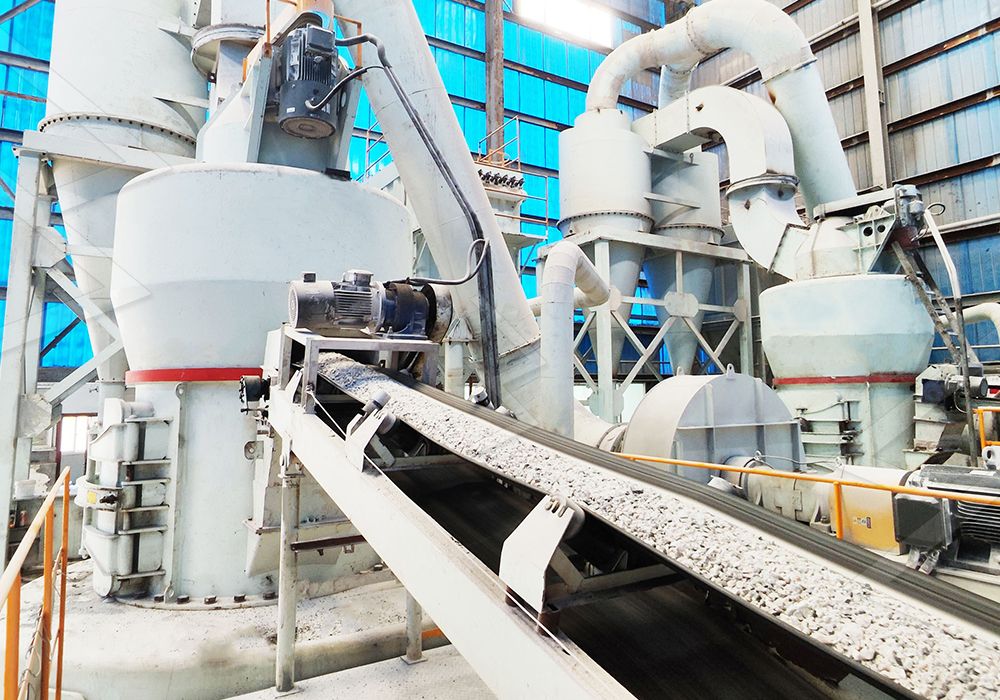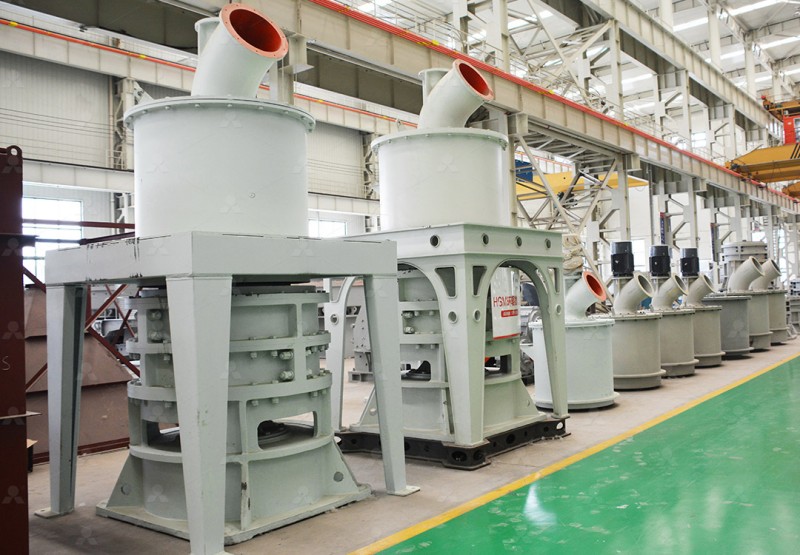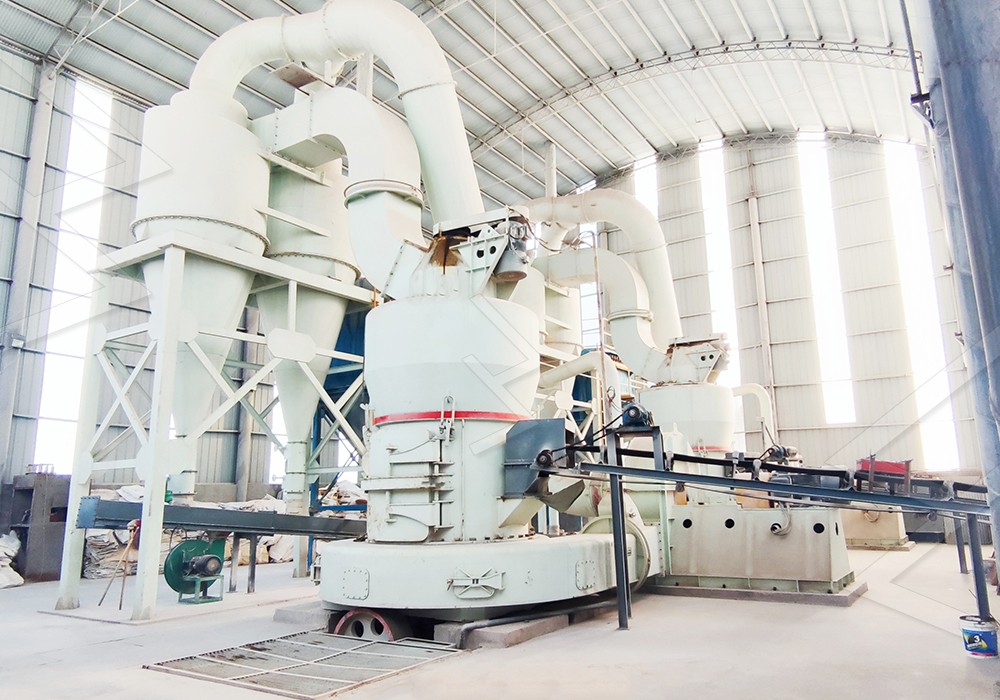Double Fly Ash Ore Grinding Mill: Efficient Processing for Fine Powder Production
Double Fly Ash Ore Grinding Mill: Efficient Processing for Fine Powder Production
In today’s demanding industrial landscape, processing fly ash and various ores into high-quality fine powders requires advanced technology that delivers both efficiency and precision. The unique properties of fly ash—with its variable composition and abrasive nature—demand grinding solutions that can maintain consistent performance while minimizing operational costs.

Traditional grinding methods often struggle with the specific challenges presented by fly ash and similar materials. Issues such as inconsistent particle size distribution, high energy consumption, and excessive wear on mechanical components can significantly impact production efficiency and product quality. This is where advanced grinding technology makes a substantial difference.
The Evolution of Grinding Technology
Modern grinding mills have evolved considerably from their predecessors, incorporating sophisticated engineering solutions to address the unique demands of fine powder production. The key to successful fly ash processing lies in achieving the optimal balance between grinding efficiency, energy consumption, and final product quality.
One standout solution in this field is our MW Ultrafine Grinding Mill, specifically engineered for customers requiring ultra-fine powder production. With an input size capability of 0-20 mm and capacity ranging from 0.5-25 tph, this machine represents the cutting edge in grinding technology. Its innovative design addresses multiple production challenges simultaneously.
Technical Advantages in Fly Ash Processing
The MW Ultrafine Grinding Mill incorporates several proprietary technologies that make it particularly suitable for fly ash and ore processing. The newly designed grinding curves of the grinding roller and grinding ring significantly enhance grinding efficiency. Independent testing has demonstrated that with the same fineness and power, the production capacity is 40% higher than jet grinding mills and stirred grinding mills, while delivering twice the yield of traditional ball grinding mills.

What truly sets this equipment apart is its energy efficiency—the system energy consumption is only 30% of comparable jet grinding mills. This represents substantial operational cost savings, particularly important in high-volume production environments.
Precision and Flexibility in Production
The adjustable fineness capability between 325-2500 meshes provides manufacturers with unprecedented control over their final product specifications. The cage-type powder selector, incorporating German technology, ensures precise powder separation. For operations with specific requirements regarding yield, fineness, and sieving rate, multi-head cage-type powder selectors can be configured to meet exact production needs.
Another significant advantage is the mill’s internal design, which eliminates rolling bearings and screws within the grinding chamber. This innovative approach prevents common failure points and eliminates machine damage problems caused by loose screws. The external lubrication system enables continuous 24-hour operation without shutdowns for maintenance.
Environmental Considerations
Environmental compliance is increasingly critical in industrial operations. The MW Ultrafine Grinding Mill addresses this through its efficient pulse dust collector system, which prevents dust pollution during the entire milling process. Additional features including silencers and noise elimination rooms ensure operations meet national environmental protection standards.
For operations requiring even higher capacity and specialized vertical grinding, our LUM Ultrafine Vertical Grinding Mill offers another excellent option. With input size of 0-10 mm and capacity of 5-18 tph, it incorporates the latest Taiwan grinding roller technology and German powder separating technology, providing exceptional performance in ultrafine powder grinding applications.

Practical Applications Beyond Fly Ash
While particularly effective for fly ash processing, these grinding mills demonstrate excellent performance across a wide range of materials including limestone, calcite, dolomite, petroleum coal, gypsum, barite, marble, talc, and various chemical industry applications. The technology has proven valuable in sectors ranging from construction materials to cosmetics, medicine, and food additives.
Frequently Asked Questions
What makes the MW Ultrafine Grinding Mill more efficient than traditional grinding methods?
The MW Mill incorporates newly designed grinding curves that enhance efficiency, delivering 40% higher capacity than jet grinding mills and double the yield of ball grinding mills while consuming only 30% of the energy of jet mills.
How does the adjustable fineness feature work?
The cage-type powder selector uses German technology to precisely control particle separation, allowing operators to adjust fineness between 325-2500 meshes to meet specific product requirements.
What maintenance advantages does the MW Mill offer?
By eliminating rolling bearings and screws in the grinding chamber and placing the lubricating device externally, the mill enables continuous 24-hour operation and reduces maintenance-related downtime.
Can these mills handle materials other than fly ash?
Yes, both the MW and LUM mills process various materials including limestone, calcite, dolomite, gypsum, barite, marble, talc, and coal powder, serving multiple industries from construction to chemicals and food additives.
How does the environmental performance compare to conventional mills?
The integrated pulse dust collector and muffler systems ensure dust-free operation with reduced noise, meeting national environmental protection standards while maintaining production efficiency.
